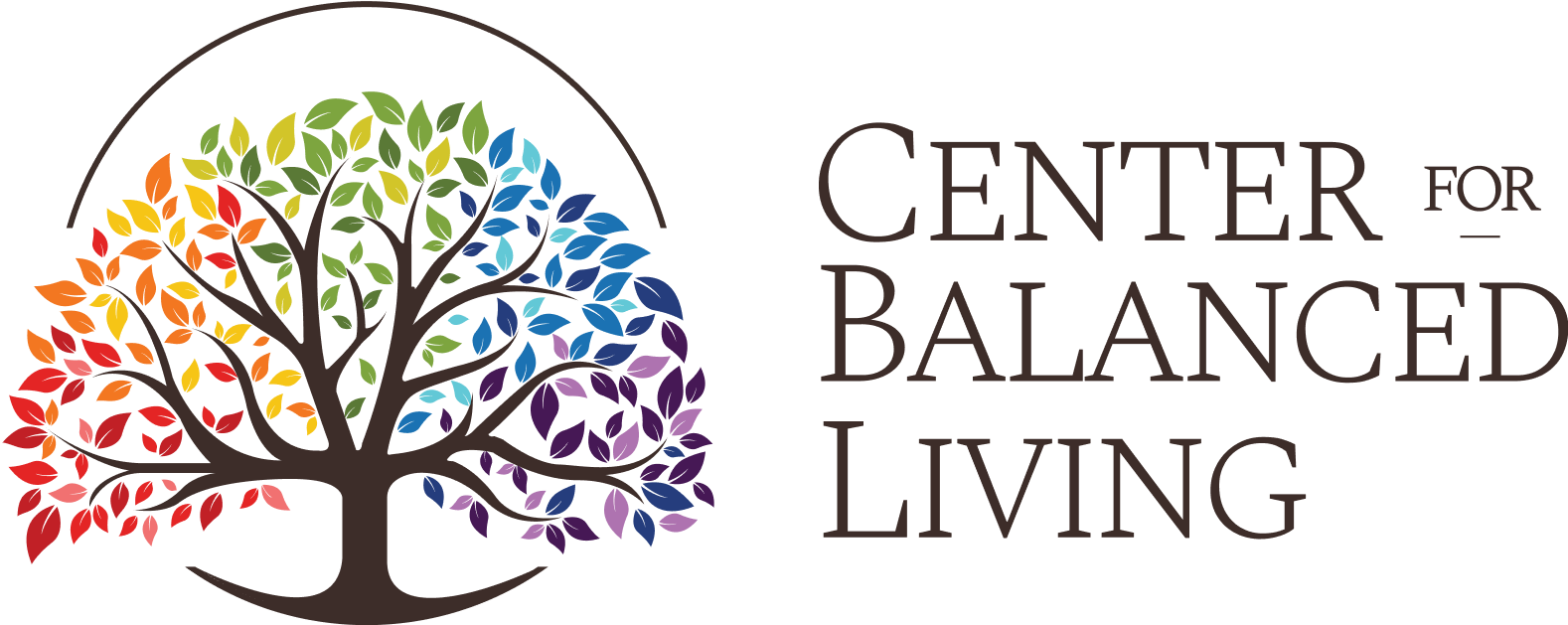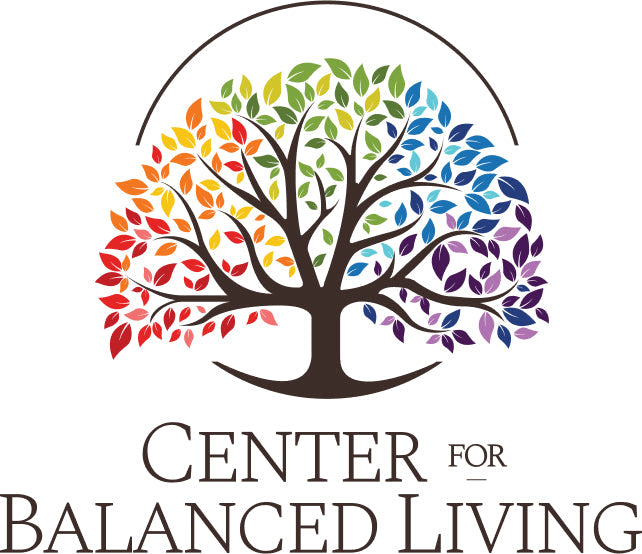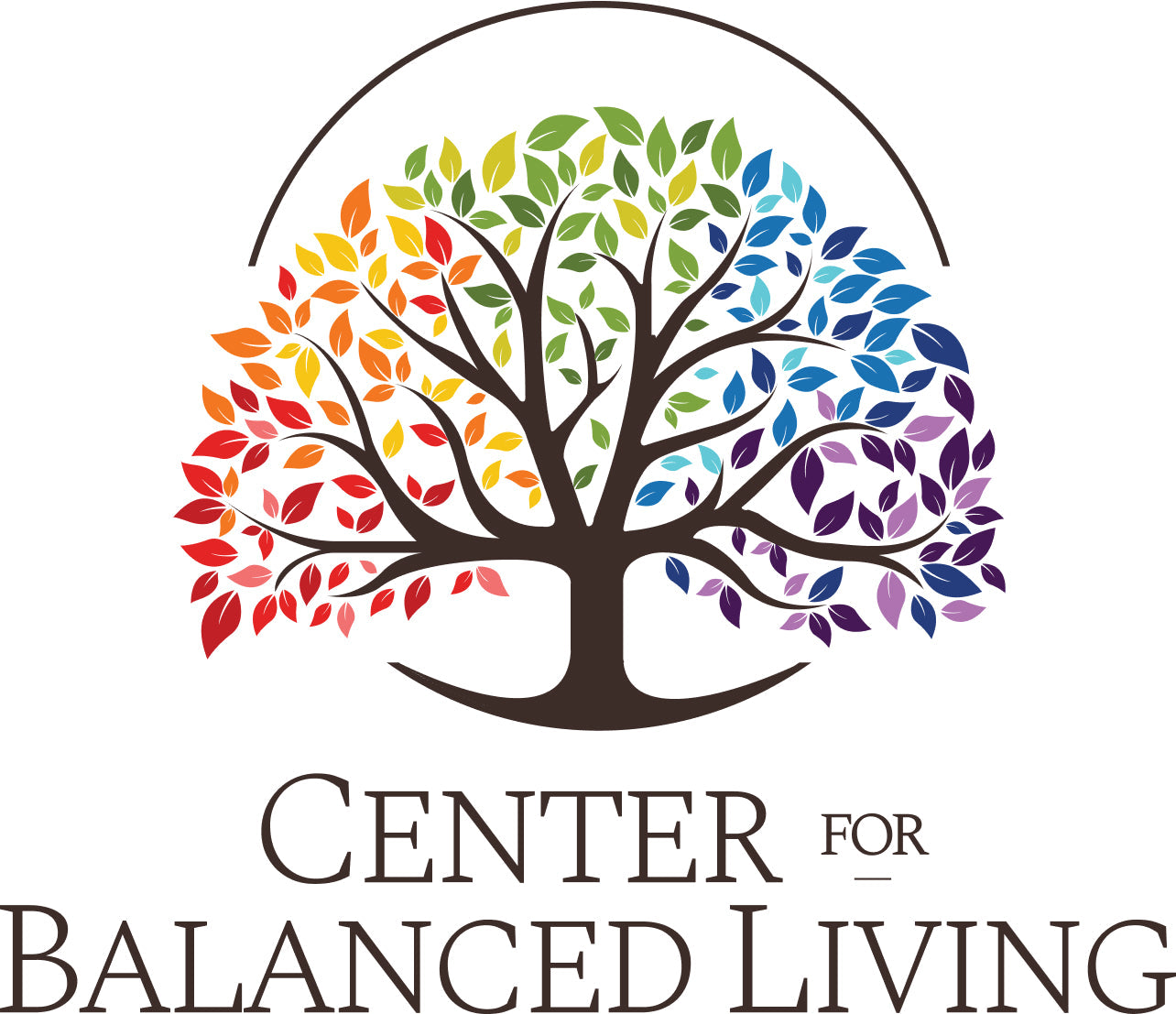We welcome in 2025 with celebrations and gratitude.

Goal setting and gratitude practice, while both valuable tools for personal growth and well-being, operate on fundamentally different principles and serve distinct purposes. Goal setting is future-oriented, focusing on achieving specific outcomes and shaping one's life in a desired direction. Gratitude practice, on the other hand, is present-oriented, emphasizing appreciation for what one already has and cultivating a positive mindset towards the current moment.
Let's explore the key differences between these two practices, highlighting their unique approaches and the distinct benefits they offer. Goal setting is inherently tied to ambition and progress. It involves identifying desired outcomes, breaking them down into smaller, manageable steps, and creating a plan of action to achieve them. It is driven by a desire for change, improvement, or accomplishment. Goal setting often involves a degree of planning, strategy, and measurement. Success is typically defined by reaching the predetermined target. For example, setting a goal to run a marathon requires a structured training schedule, monitoring progress, and ultimately crossing the finish line. The focus is on the future and the steps needed to arrive at a specific destination.
In contrast, gratitude practice centers on the present moment and the appreciation of what already exists. It involves intentionally focusing on the positive aspects of one's life, acknowledging blessings, and cultivating a sense of thankfulness. Gratitude is not about striving for something more but rather about recognizing and valuing what is already present. It is a state of being rather than a state of achieving. Gratitude can be expressed through journaling, meditation, or simply taking a moment to reflect on the good things in one's life. For example, taking time to appreciate the warmth of the sun, the support of a friend, or the simple act of having a meal are all expressions of gratitude. The focus is on the here and now and the positive aspects of one's current reality.
One of the primary differences between goal setting and gratitude practice lies in their motivation. Goal setting is often driven by a desire for external achievement or recognition. It can be motivated by ambition, the need for validation, or the desire to improve one's circumstances. While these motivations are not inherently negative, they can sometimes lead to a sense of dissatisfaction or a feeling of never being enough. Gratitude practice, on the other hand, is driven by an internal sense of appreciation and contentment. It is motivated by a desire to cultivate a positive mindset and find joy in the present moment, regardless of external circumstances. It shifts the focus from what is lacking to what is already abundant.
Another key difference is the measure of success. In goal setting, success is often measured by achieving the desired outcome. There is a clear endpoint, and progress is tracked against that endpoint. While this can be motivating, it can also lead to feelings of failure if the goal is not reached. In gratitude practice, success is measured by the depth of appreciation and the consistency of the practice. There is no external benchmark, and success is not tied to achieving a specific outcome. Instead, success is found in the act of recognizing and valuing the good things in one's life, regardless of external circumstances. It is an ongoing practice that enriches the present moment.

Here are some mental health celebrations during January:
- Mental Wellness Month: This month-long event is dedicated to raising awareness about mental health and encouraging people to take steps to improve their well-being.
- Blue Monday: This day, usually the third Monday in January, is considered to be the most depressing day of the year. However, it can also be a good opportunity to start thinking about ways to improve your mental health.
- International Boost Self-Esteem Month: This month is all about building confidence and self-worth. There are many ways to celebrate, such as setting positive affirmations, practicing self-care, and spending time with supportive people.
- No Name-Calling Week: This week, which takes place in January, is aimed at stopping bullying and promoting kindness. It's a great time to talk to your kids about the importance of treating others with respect.
- Human Trafficking Awareness Day: This day, which falls on January 11th, is an opportunity to raise awareness about the issue of human trafficking. You can learn more about the problem and how to help by visiting the website of the National Human Trafficking Hotline.
Here are some additional resources that you may find helpful:
- MentalHealth.gov: This website provides information about mental health disorders, treatment options, and support resources.
- The Jed Foundation: This organization provides resources and support to young people struggling with mental health issues.
- The National Alliance on Mental Illness (NAMI): This organization provides education, advocacy, and support to people affected by mental illness.



